International Design Perspectives #4
As the design world has slowly begun to reintroduce a mainstay of the annual calendar – international trade shows – we thought it time to celebrate the renewed energy and hope that this provides to the industry with a series of articles that highlight some of the best moments of the past few months. Here we turn our attention to the Venice Architecture Biennale, a core component of the overall Venice Biennale – an event that has been running ever other year since 1895. Having opened in May, the show is still available to visit until 21st November, making it one of the longest durations for any trade show or exhibition of this scale.
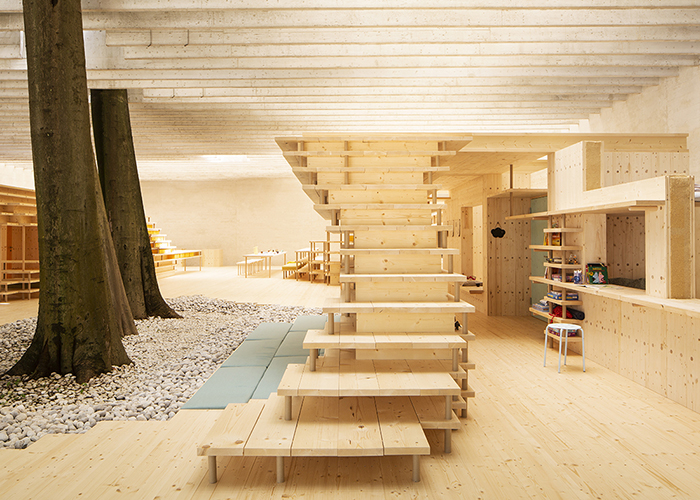
Scandinavian
The entire event also covers art, cinema, dance, music and theatre but architecture has now played a part for 17 editions and represents a wide cross section of the discipline form around the world. This year the exhibition includes 112 participants from 46 countries who display their projects in competition to one and other, as well as a number of participants who show out of competition, including a number of international universities. There have been first-time showing from 3 countries – Grenada, Iraq and Uzbekistan – in addition to a growing number from Africa, Asia and Latin American and an increased number of female delegates.
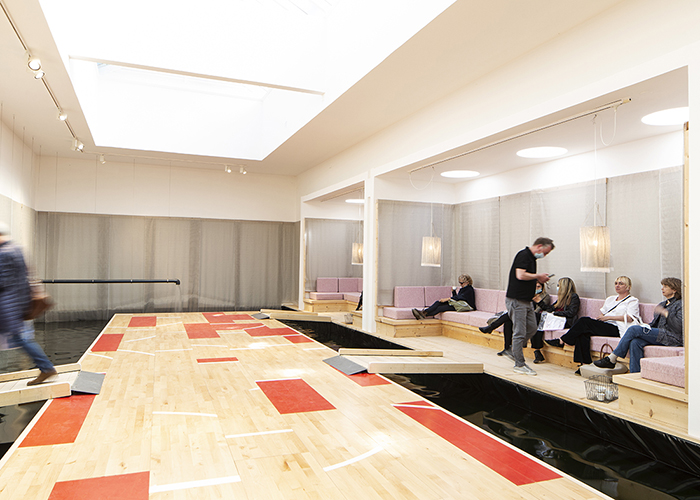
Denmark
As with all the trade shows we’ve covered, the Biennale operated under a theme from which exhibitors could create their own unique responses via architectural installations. This year the organisers opted for How will we come together? as a direct response to the impact of the pandemic and worldwide lockdowns, as well as the urgent need to tackle climate change issues. As such, the event also includes numerous talks and discussions alongside the exhibits themselves, and education has indeed become a corner stone of the Biennale in recent editions. What with the high standard the show demands, when it comes to the competitive exhibitors, there are always many highlights to choose from. But here are a few really standout projects that caught the eye for a wonderfully diverse set of reasons.
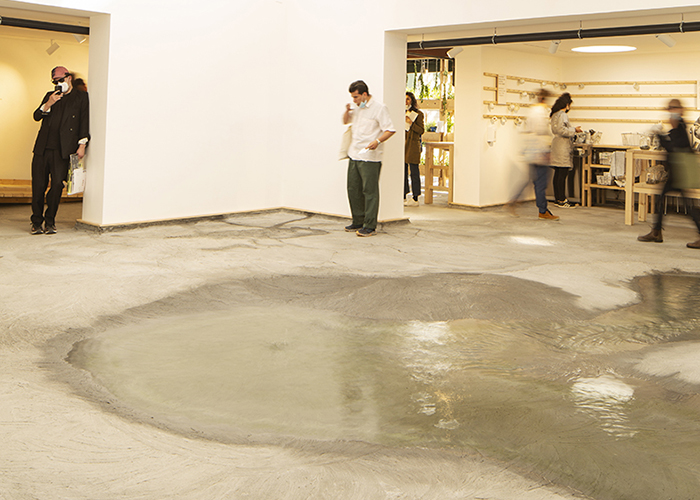
Denmark
Denmark – con-nect-ed-ness
The Danish offering, led by Lundgaard & Tranberg Architects, utlisies the building as a vehicle with which to highlight the significance of water to all life on the planet, not least us humans. Recognising the potential of the structure as a tool to capture precious water, all rainwater is trapped by the roof and recycled throughout the space in a series of varied but very visible interactions with the fabric of the building. Whilst these actions are beautiful and playful in their own right, they also invite the audience to think of the bigger picture – where has this water been before the present moment; how long has it been in existence; where will it go next? By using the building in this way we’re able to think about life in a much larger, almost planetary scale, whilst considering the intrinsic connections of all things.
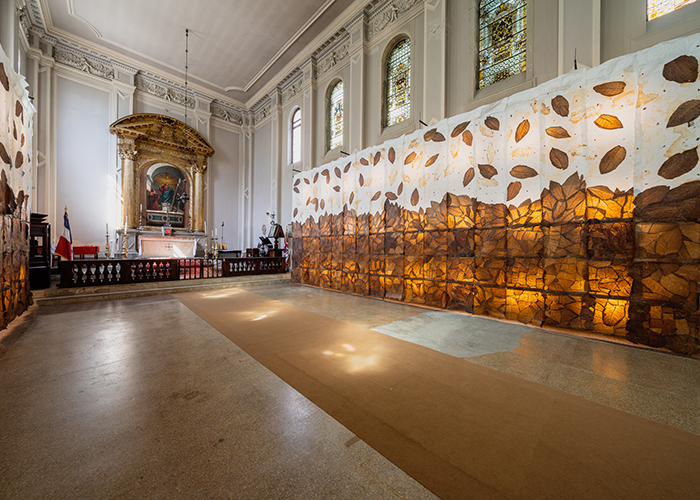
Dominican Republic
Dominican Republic – ConexiónThe team behind the Dominican Republic’s project for St George’s Church use natural materials to create an art installation style interjection into the space, with the idea of human coexistence at the heart of the idea. Picking up on Wabi Sabi principles that celebrate imperfection, the wall of backlit tabacco leaves is a celebration of the beauty in decay, whilst also creating a direct connection to the Caribbean island where the leaves were collected. The church setting seems fitting for an exhibit that exudes a spiritual sensibility whereby we are reminded of our own and the planet’s fragility and the natural cycles of life.
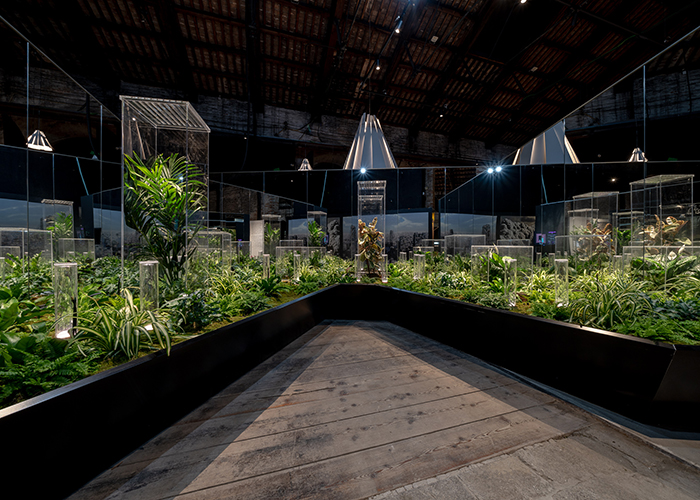
Italy
Italy – Resilient Communities
Climate change comes to the fore of the Italian pavilion, with a serious and urgent set of messages at play throughout the visual spectacle. The challenging set of installations look to push architecture to respond to the issues that are arising, particularly for those in busy and congested urban environments. One key underlying focus is that of people and communities rather than built structures, although the latter are of course delivered – but as adaptable pieces of infrastructure that are fundamentally indiscriminate towards the people that use them.
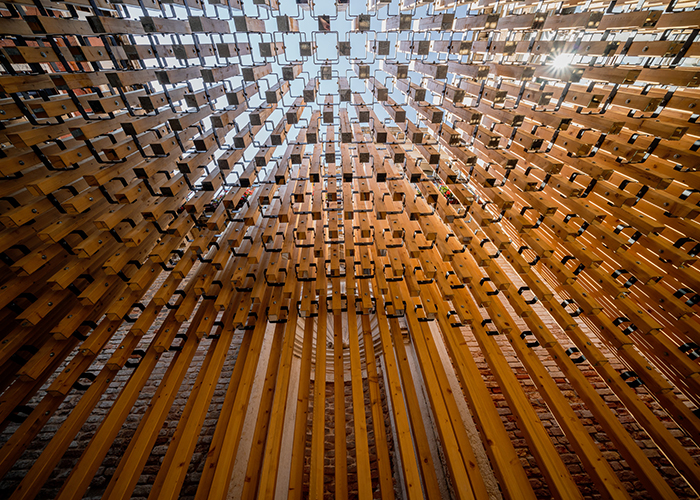
Macedonia Del Nord
North Macedonia – Meditating Now
In contrast, the North Macedonian offering invites participants to look inwardly rather outwardly at society when interacting with the space. The metal substructure of the outdoor pavilion creates a grid effect frame, on which is an array of varying length pieces of timber. The overall affect is one of solid surface and openings and with it, of light and shade. This allows the viewer to look upward and to gaze towards the sky – to connect with the wider world whilst grounded and able to look more deeply and patiently at ones inner thoughts.
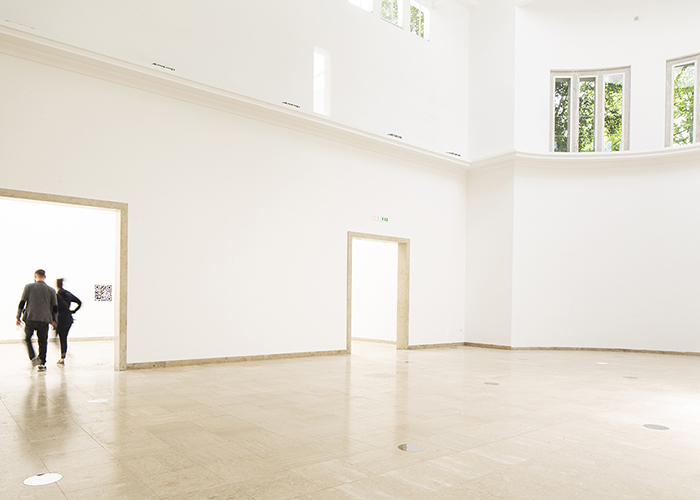
Germany
Germany – 2038, The New SerenityIn stark contrast to all the other pavilions, the German entry was boldly empty of any structures, surfaces or information graphics. Instead, visitors were encouraged to scan QR codes attached to the blank walls whereby they could discover about life in 2038. This imagined near-future tells of a planet in which the great crises of 2021 have been mastered via human endeavour and ingenuity. The story from the future is abundantly clear and ultimately one full of optimism – people of all backgrounds came together and with the utilisation of new technologies and data remedied the human-made problems we are suffering from, leaving the world in state of radical democracy. That sounds like a very tantalising prospect.
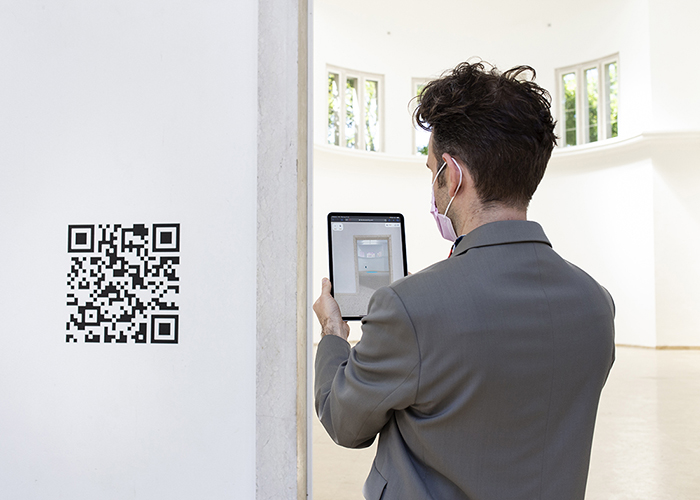
Keep your eyes peeled for more from the International Design Perspectives series.




